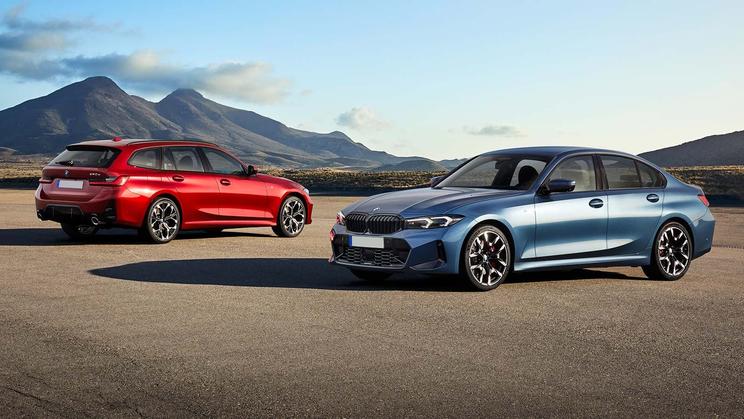The BMW 1 Series has spent more than two decades on sale.
While it's still a relative newcomer compared to the 3 Series and 5 Series, more than three million 1 Series have found homes around the world.
We'll walk you through the 1 Series range, including the different trim levels you can choose from, and the different generations over time.
BMW 1 Series models explained

In Europe and the UK, the 1 Series is BMW's entry into the family hatchback segment. Its traditional rivals are the Audi A3 and Mercedes A-Class. First and second-generation 1 Series models come in three and five-door bodystyles – the former having two passenger doors, the latter with four passenger doors, and both having a hatchback bootlid as the extra 'door'. All 1 Series since then have been five-door only.
Underneath modern 1 Series models lies the 'UKL2' platform. This means the 1 Series shares engines and oily bits with BMWs like the 2 Series Active Tourer, 2 Series Gran Coupe and X1 SUV, as well as the Mini Clubman and Countryman.
BMW 1 Series trim levels
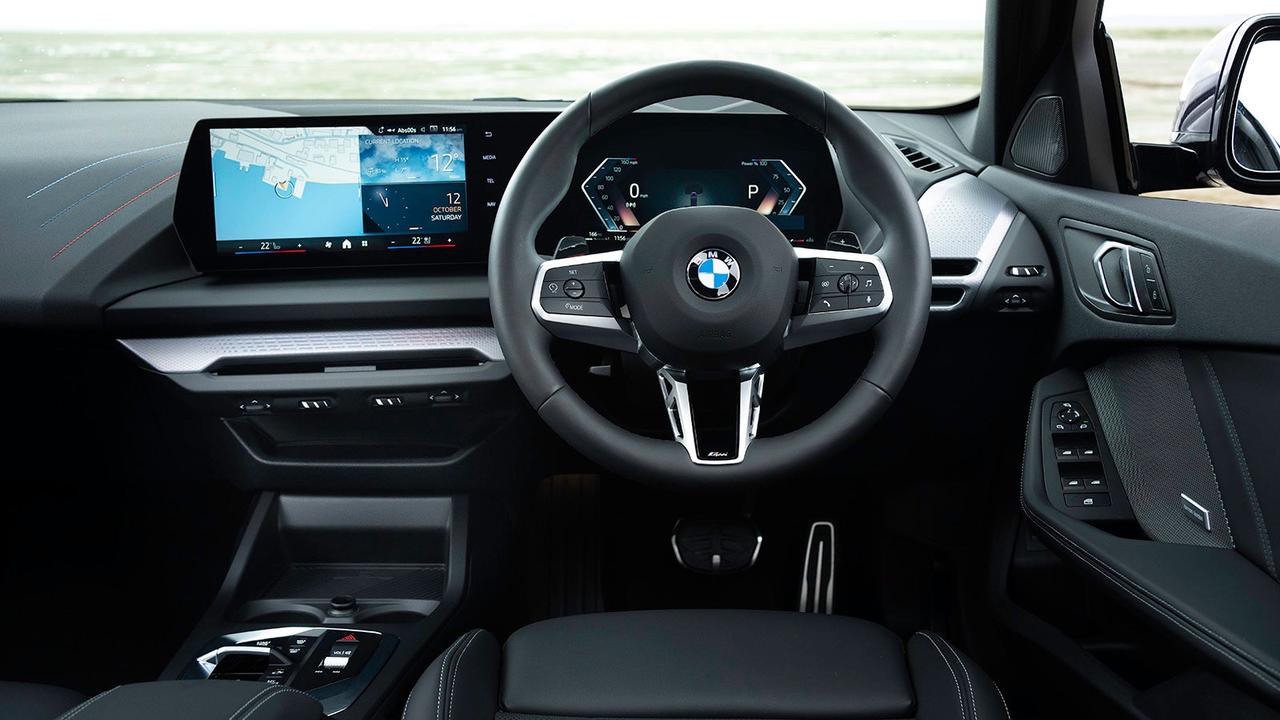
- SE – the entry-level trim until 2024. Recent 1 Series SE cars get alloy wheels, climate control, cruise control, auto lights and wipers, and Apple CarPlay
- Sport – previously an upgrade, now the entry-level trim from 2024 onwards. Gains larger alloys, sportier bumpers, dual-zone climate control and front sports seats
- M Sport – an even sportier look with bigger alloys and a meaner body kit, plus heated front seats and leather upholstery
- 128ti – hot-hatch version of the third-generation 1 Series. Front-wheel drive and 265hp put it squarely in Golf GTI territory
- M135 – available for the current 1 Series or as the M135i in third-generation models. 300hp and four-wheel drive deliver mighty acceleration to match the Golf R
BMW 1 Series generations
Fourth generation – 2024-present
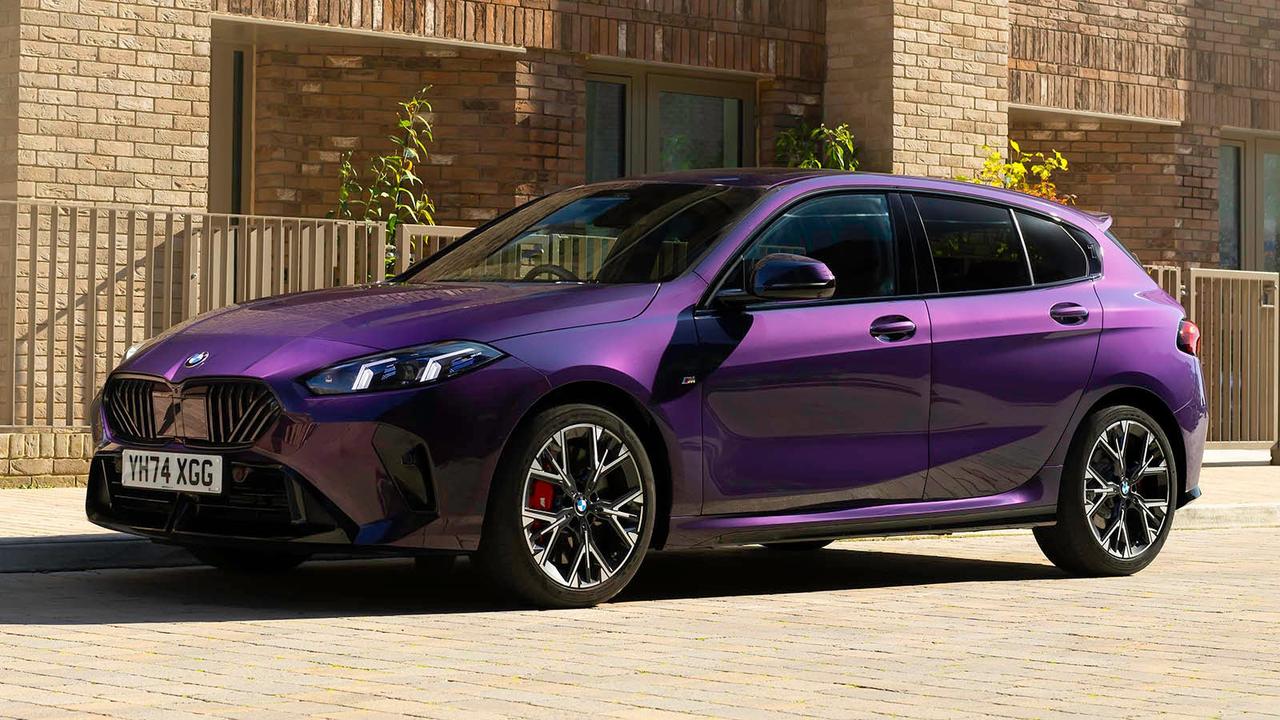
- BMW launched this as an all-new 1 Series, but it shares the UKL2 platform with its predecessor
- Model code – F70
- Facelift expected around 2028
- BMW wanted the fourth-generation car to look even lower and sportier from the front
- Petrol only in the UK, with mild-hybrid assistance and auto gearboxes as standard
Third generation – 2019-2024
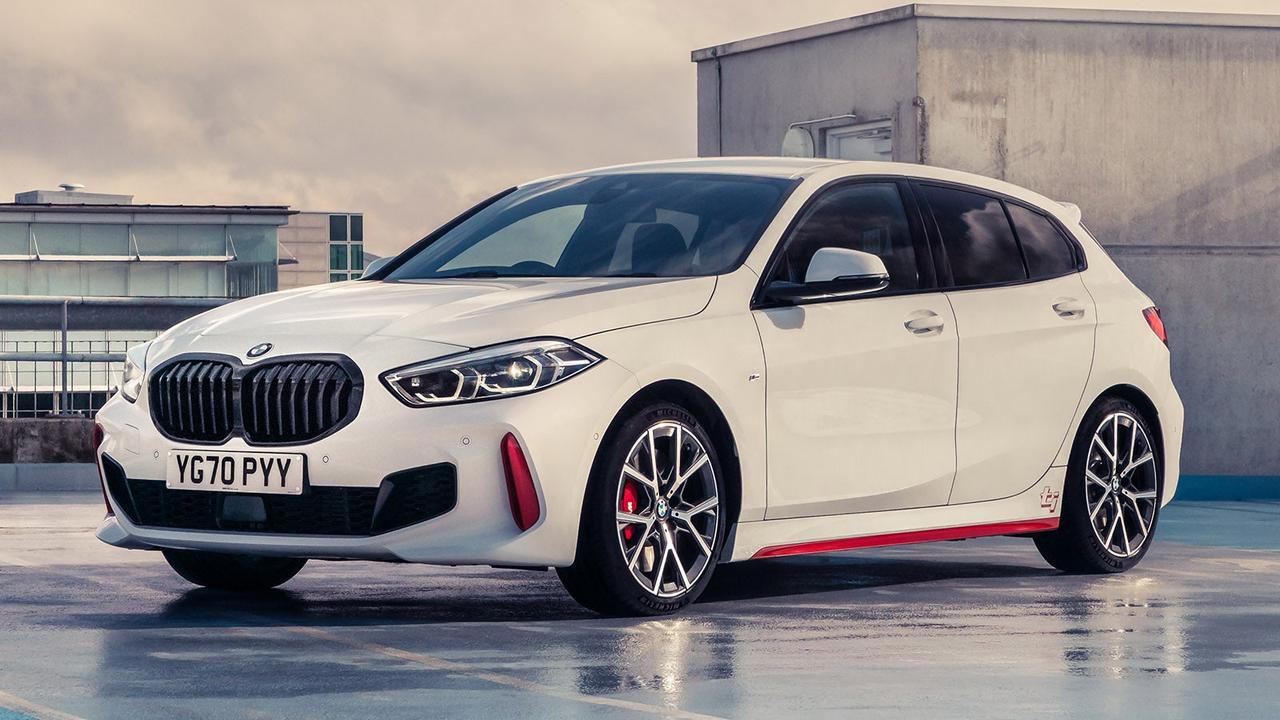
- This was the first front-wheel-drive 1 Series, aligning it to other small BMWs and Minis
- Model code – F40
- Replaced with fourth-generation 1 Series rather than facelifted
- Swapping to FWD meant more passenger space without increasing the car's footprint
- Choice of petrol and diesel engines – all turbocharged – with manual and auto gearboxes
Second generation – 2011-2019

- Retained the first-generation's rear-wheel-drive setup but with more power and practicality
- Model code – F20/F21
- Facelifted in 2015
- The first BMW to have indicators built into its door mirror housings
- Choice of petrol and diesel engines – mostly turbocharged – with manual and auto gearboxes
First generation – 2004-2011
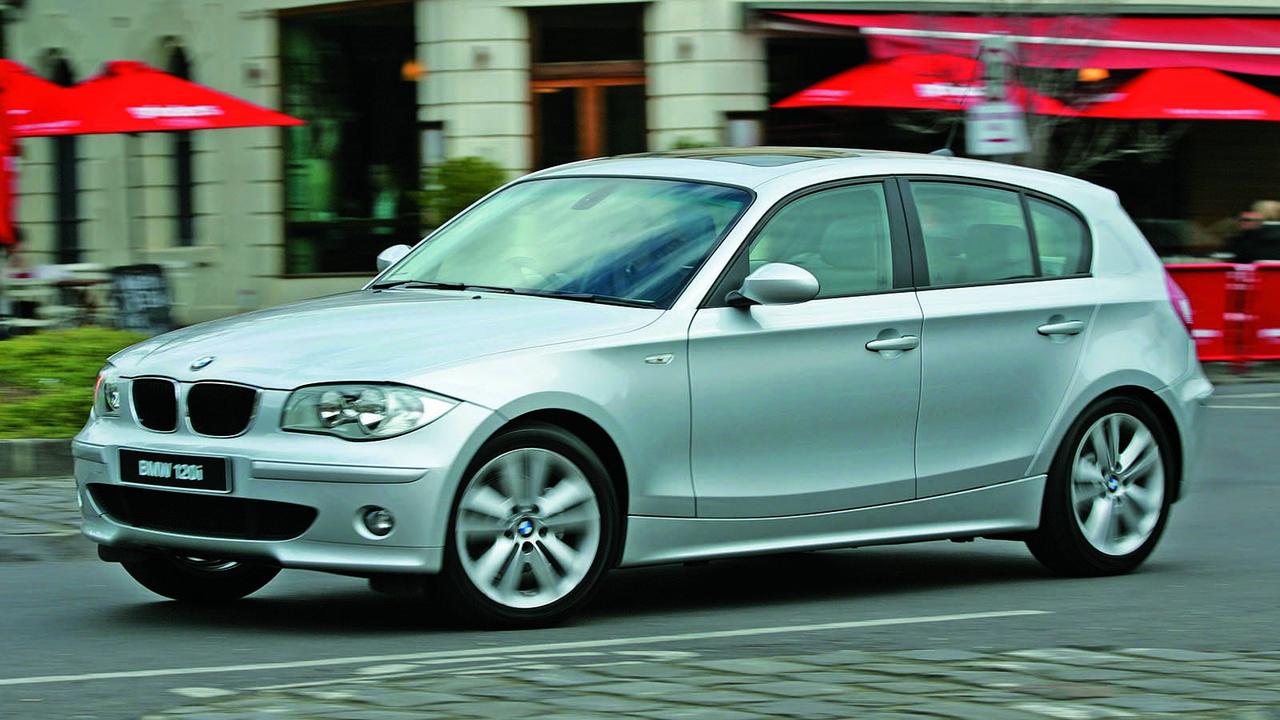
- The first 1 Series model. It was unique in the class thanks to its rear-wheel-drive layout
- Model code – E81/E87/E82/E88
- Facelifted in 2007
- Designed to have classic BMW proportions with a long bonnet and rear-set cabin
- Choice of petrol and diesel engines, with manual and auto gearboxes
What's the best BMW 1 Series model?
The answer here depends on what you want from your compact BMW. If you want the brand's signature sporty setup, with all the expected modern tech, and the kind of refinement that makes long journeys easy, either the third or fourth-generation 1 Series models will suit you best. Their front-wheel-drive setup still feels sporty but permits more cabin space, and the infotainment tech is the best yet.
However, driving enthusiasts might still hold a candle for first and second-generation 1 Series models. These versions were unique in the market for their rear-wheel-drive layout and, while most drivers won't notice the difference in day-to-day driving, they handle just a touch more sweetly when driven harder.
Search a huge selection of used BMW 1 Series cars for sale, or read our BMW 1 Series review to see if this is the sporty hatchback for you.


































